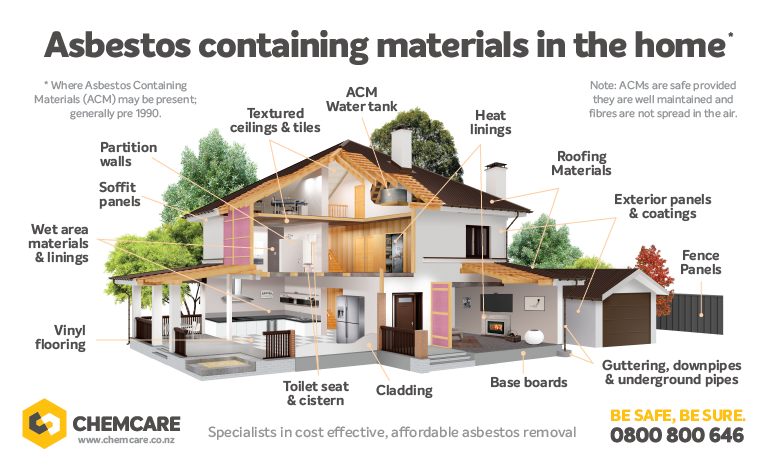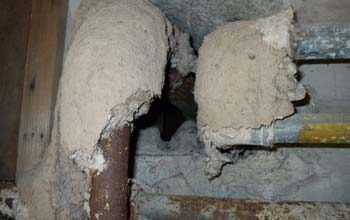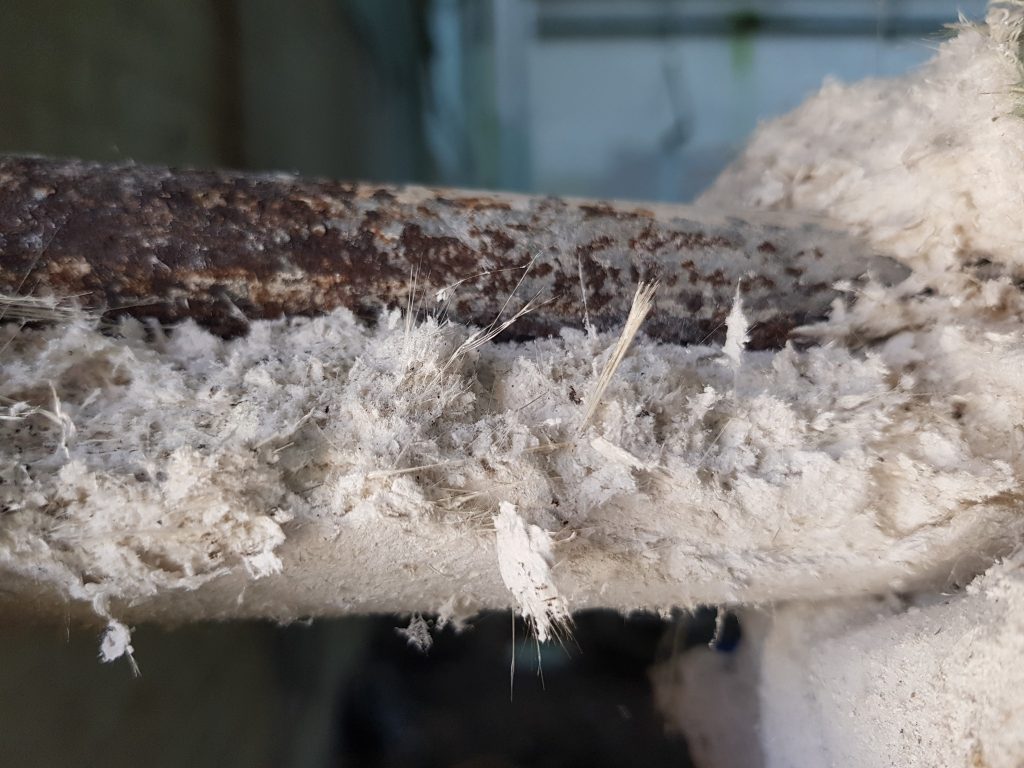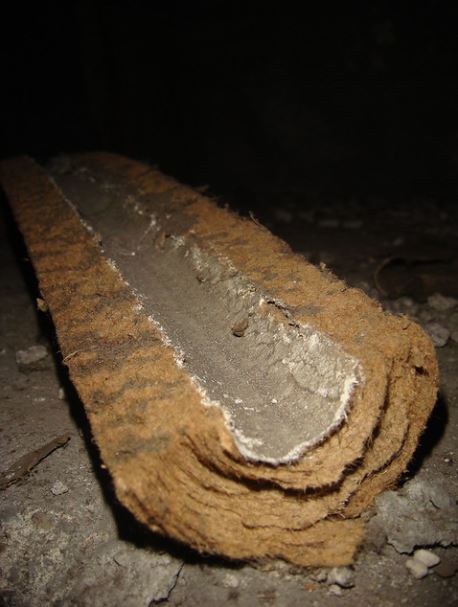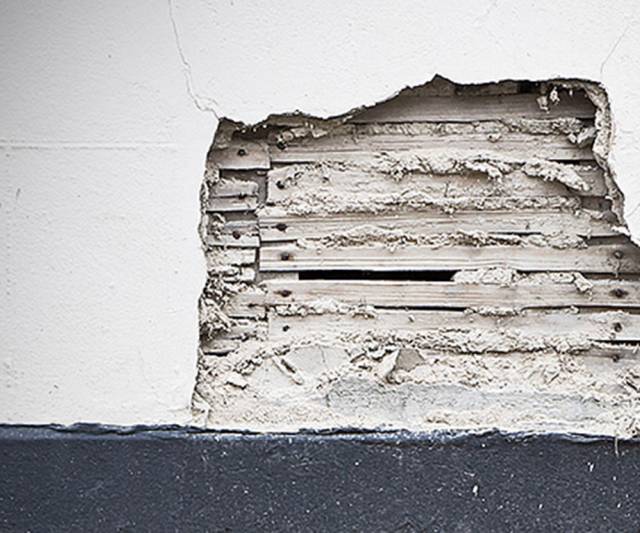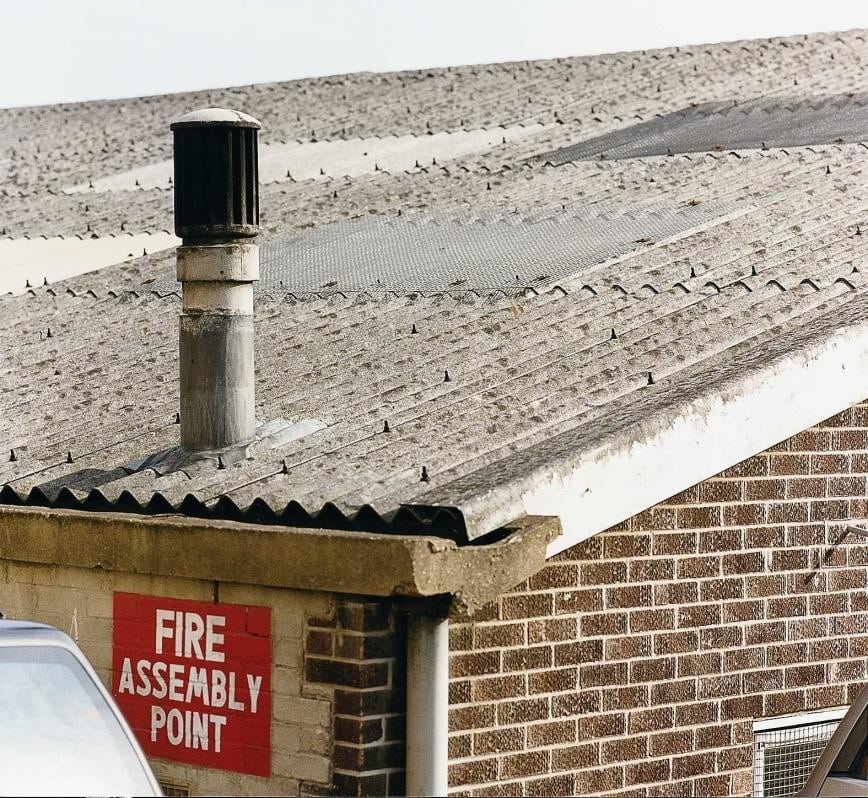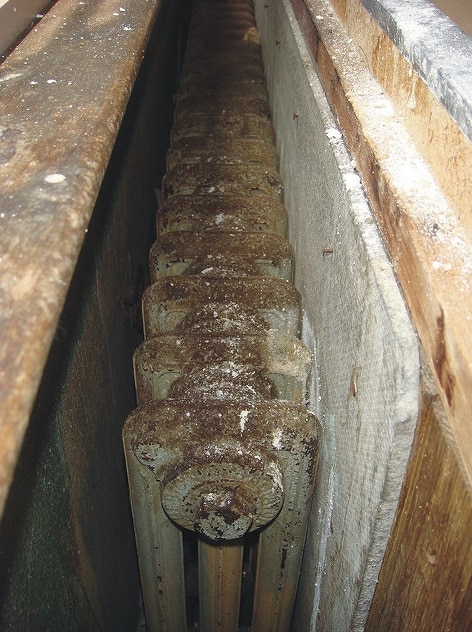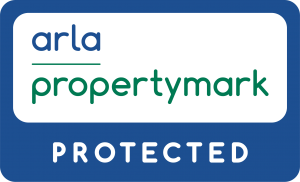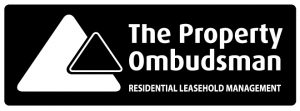Landlords from the UK who choose to live abroad can enjoy living their dream lives in another country while enjoying a steady income flow from their rental property. However, there exist some challenges you’ll face acting as a long-distance landlord. Difficulty communicating and the inability to meet tenants in person are just some of the challenges you may face. Also, if a tenancy ends while still abroad, landlords are left with the singular choice of asking someone else to carry out viewings for them.
For these reasons, landlords who live abroad prefer using a letting agency to manage their property while they live their lives undisturbed abroad. Are you an international landlord? Are you planning to become one soon?
This write-up will discuss some 4 tips to help make the letting process the easiest for you. Sit back, relax, and read on!
Get to Know Your Legal Responsibilities
All rental property owners in the UK are required to pay tax on the rental income. As an international landlord, you are no exception. The HM Revenue and Customs (HMRC) consider you a ‘non-resident landlord’ if you live out of the UK for 6 months or more in a year. However, this won’t be your case if you live outside the UK only temporarily, i.e. less than 6 months in a year.
You can pay your tax by taking out an essential tax rate from the rents or better still by using a Self-Assessment form for tax return. Payment can be done by a tenant or a letting agent. At the end of each year, the agent will provide you with a certificate. If you do not wish to do this, you will need to join the “Non-resident landlord (NRL) scheme. More information is available by clicking here.
Carry Out Screening through Skype
Meeting tenants one on one before accepting their rental application has proven to be one of the greatest challenges faced by landlords who live abroad. This of course won’t be a problem if you choose to use a letting agent. However, determining whether or not a tenant is the right person for your property without seeing them can be difficult. To help solve this problem, consider using Skype, Zoom, or any other video conferencing platform to discuss with tenants before deciding to accept or decline their rental application.
Give Priority to Long-Term Tenants
Administrative demands are higher for shorter tenancies than longer ones. Also, landlords are more likely to develop stronger bonds with long-term tenants. This helps take away much anxiety concerning how your property is being treated.
Consider Using a Property Management Agency
The best and simplest way to avoid any headaches with regards to managing your property from abroad is to have someone else do it for you. Most landlords have found this to be the best way to live a stress-free life abroad.
A trustworthy and reputable property management agency like us (SWR) can bear the burden for you. We take care of everything from collecting rent from tenants to ensuring that you pay just the right amount of rental tax as you should normally pay.

